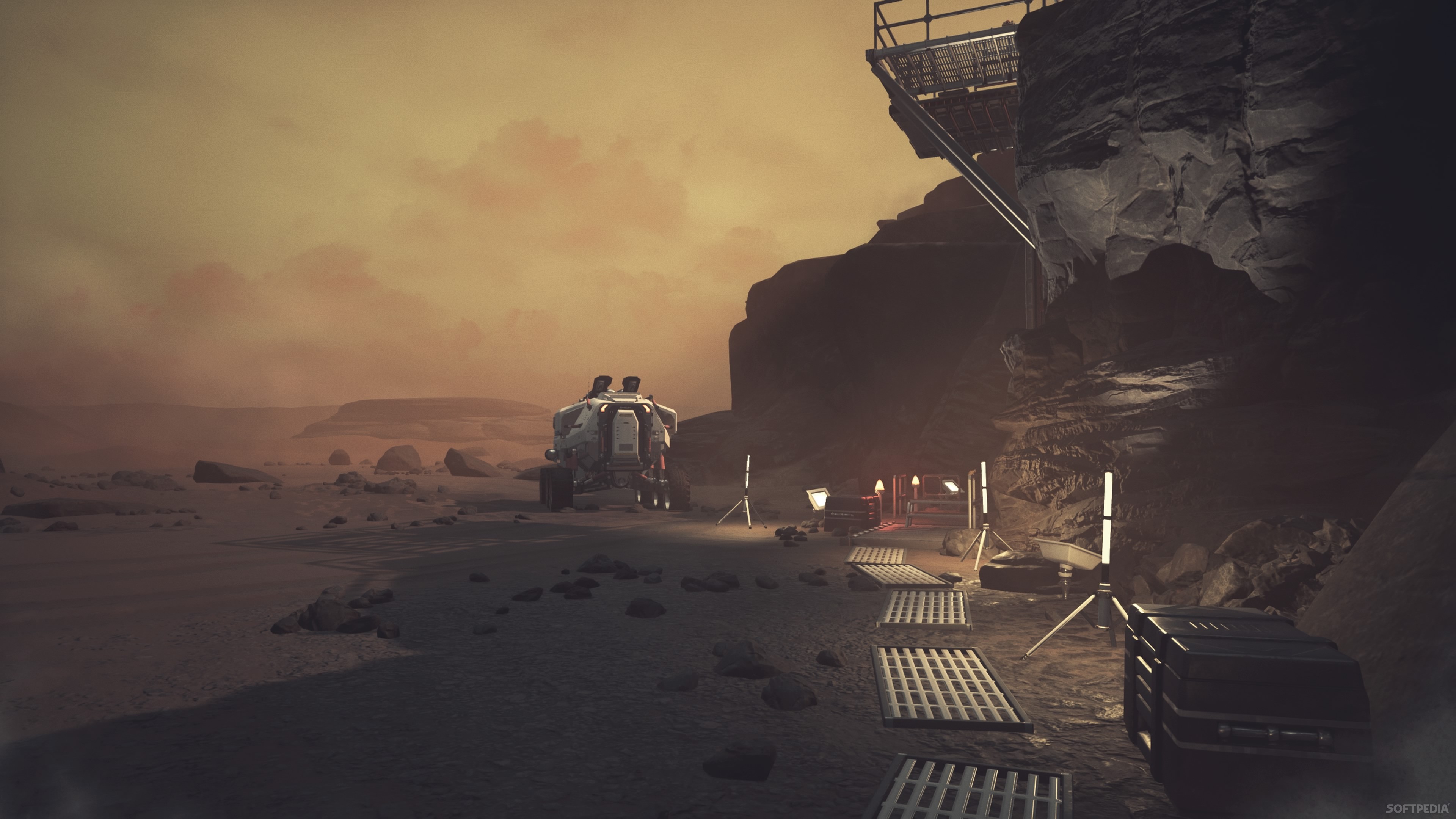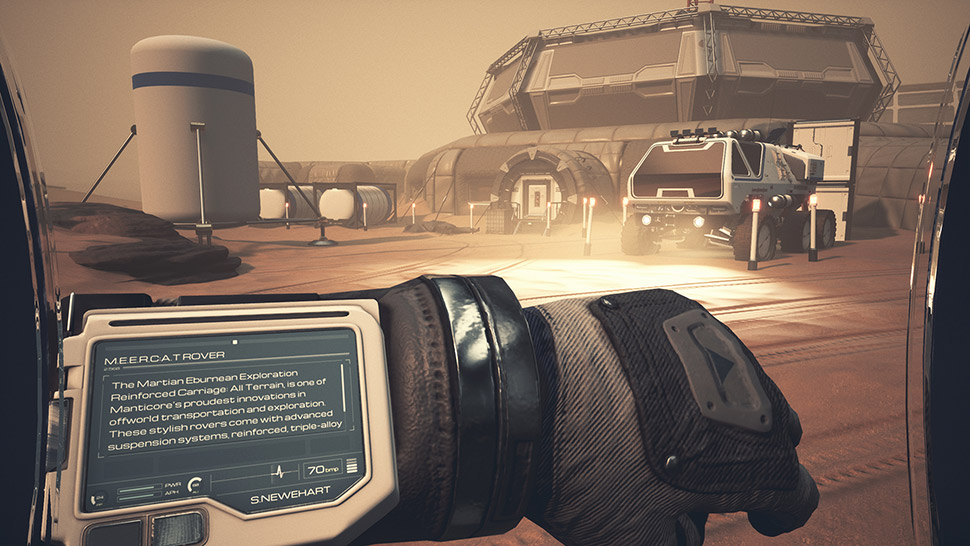

Mechanically, the only thing that lets Moons of Madness down is its reliance on jump scares. If nothing else, Moons of Madness is clearly made by people who have done their fair share of star gazing in their time. As things get more cosmic, the twisted duality of space becomes ever more clear both as a harsh, terrifying expanse of nihilistic horror, and as the ultimate beauty of the infinite. Mars itself is an ugly, barren place, but a combination of careful camera framing in cut scenes and articulate design of the facilities themselves keep the endlessly forward movement of the game interesting and cinematic. Moons of Madness is also a particularly beautiful game.

It’s one particularly memorable piece within a weird mesh of a jigsaw puzzle that is so all over the place that you’ll be wondering if you didn’t accidentally mix up two puzzles. The mad scramble through a greenhouse’s under-pipes to escape the first big ugly that you come across, after spending 20 minutes wandering around the greenhouse being spooked out by random sounds and flashes of movement, would go great in another horror game. The monster sections are appropriately tense, and the levels around them are well-designed so as to not become irritating themselves. The puzzles are testing without being frustrating. It’s one of those “walking simulators” that likes to break the breadcrumb trail up with puzzles and even some monster sections, and they all work rather well. What Moons of Madness does do well is play well. It’s about eight hours of narrative drudgery to get there, though. Without giving away spoilers here, the only time I got the sense that the writers and creatives on this game had any understanding of the philosophical approach that Lovecraft took was the very ending, where players are presented with a choice, and the “good” ending very much affirms the nihilistic outlook of Lovecraft on the worthlessness of humanity in the face of the cosmos. In it, the narrative grapples hard to capture the Lovecraftian ethos, only for the visuals and gameplay to instead drive towards jump scares and schlock, and in the end, the only explanation I can come up with for how that dissonance can be so complete as to be an absolute break between the two elements is simple the developers really did not understand Lovecraft. Right away I was put off by the dissonance of tones within Moons of Madness. Sometimes they’re plant roots that just look like tentacles, other times they’re actual alien things, but over and over again this game relies on “Lovecraft” tropes and efforts to indulge the grotesque, rather than the psychological unease that Lovecraft was actually driving at through his work. At other times they’re tendrils aggressively driving you around a space. Sometimes they’re little glimpses slipping around a corner.


By that theme, the protagonist of Moons of Madness would have been driven to a straitjacket a dozen times within the first hour. Tentacles, as they appear in Lovecraft’s writing, merely form an aspect of beings so alien that the sight of them would break the psyche of whoever witnessed them. About the only thing that is more renowned for its love of tentacles than Lovecraft is anime hentai, and unlike anime hentai, Lovecraft never actually meant for this fetish to become so associated with his work. Then there’s the obsession with tentacles and grotesque monsters. It’s also about as intelligent as the Doom reboot’s plot, and a very, very far cry from everything that At The Mountains of Madness actually stood for, beyond the superficial. With a couple of twists and turns, the overarching thrust of the narrative is that of a warning against intrepid scientists pushing for knowledge too hard and organisations capitalising on that and… well, that’s the plot of the Doom reboot. Moons of Madness is about explorers on Mars and, as you can probably guess, it doesn’t take long for it all to start hitting the fan there, too. In Mountains of Madness, a group of intrepid explorers take off to Antarctica, where they manage to discover a ruined city of cosmic beings before the proverbial hits the fan and they all start dying. Moons of Madness is a homage and reference to At The Mountains of Madness, Lovecraft’s longest and most sustained work, and there’s more in similarity between the two than just the names. Related reading: Publisher, Funcom, produced a brilliant short horror experience in The Park that we highly recommend everyone play.


 0 kommentar(er)
0 kommentar(er)
